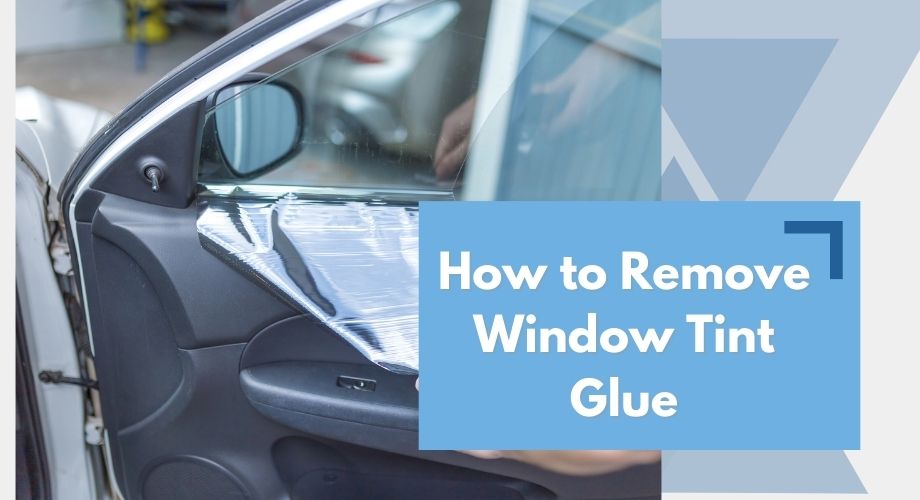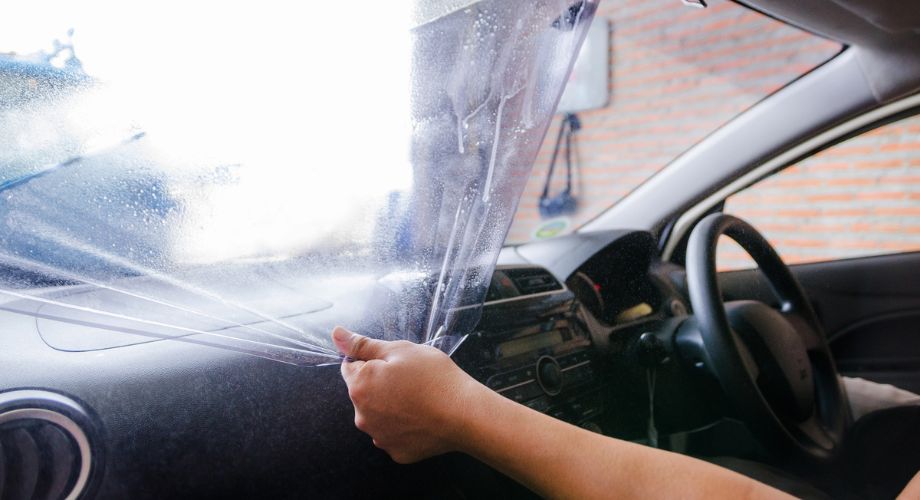































































































































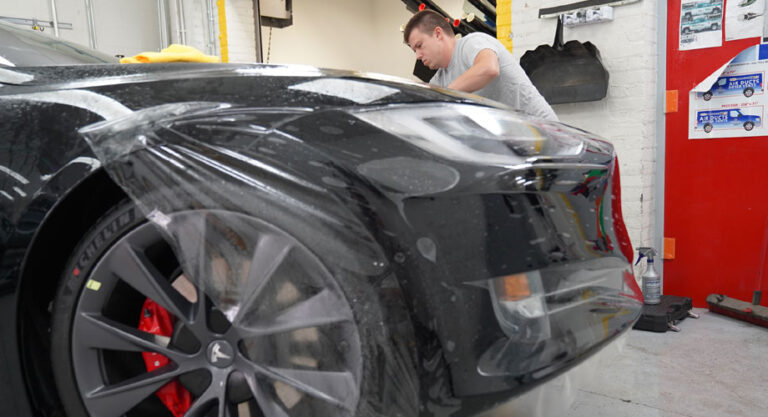
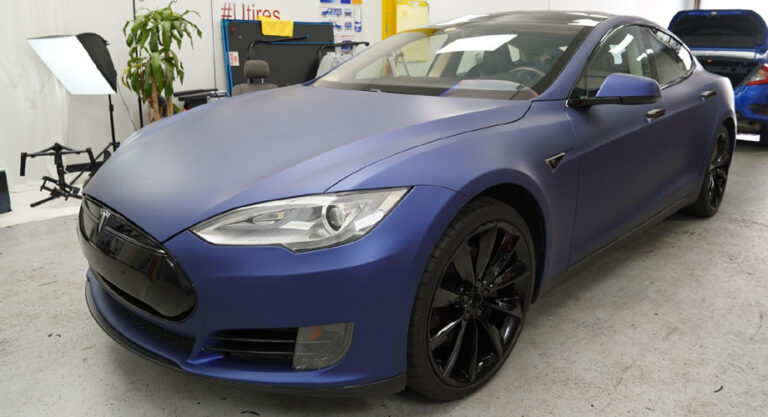
























































































































































Window tinting is a popular choice for adding style and functionality to vehicles, homes, and commercial spaces. Modern window tints offer unique benefits – they reduce glare, block harmful UV rays, and improve energy efficiency. Besides, tints add a sleek, polished look to your windows. Tinting is a long-term investment. The latest technology allows manufacturers to produce tints that are designed to last for up to 10 years and even beyond.
However, even the best tints can eventually show signs of aging. They start bubbling or peeling – it is not only unsightly but also reduces their effectiveness. If your window tint looks a bit worn out, it might be time for replacement. But first, you need to remove it. At first glance, removing old window tint does not seem a challenge. However, it is often a false impression. Window tint peeling requires skills and patience to clean off the glue and ensure the new tint adheres correctly. Let’s discover how you can safely and effectively remove old window tints from your vehicle, home, or office with no undesirable consequences.

Factors that affect window tint lifespan
Tint film tends to wear out most on vehicles. So, car owners are the ones who most often face the need for replacement. But why does tint wear out? Several factors contribute to its deterioration.
- Tint quality. The quality of the window tint material plays a crucial role. Prime-quality ceramic or metalized tints are usually much more durable and fade-resistant than basic dyed films.
- Installation quality. Professional installers know how to apply tint so that it adheres securely to the glass. This approach can significantly extend the tint’s lifespan.
- Vehicle age and condition. Older vehicles may have glass imperfections, which can affect the adhesion of the window tint. The overall condition of the car also plays a role in how well the tint serves.
- Maintenance. Regular and proper maintenance prolongs the life of window tint – it is recommended to use mild soap and water for delicate washing. Harsh chemicals or abrasive cleaning agents quickly damage the film.
- Climate. Extreme weather conditions are also harmful to window tint. Excessive sunlight, high temperatures, and frequent weather fluctuations speed up tint fading or peeling.
- Natural wear and tear. Everyday driving and minor accidents can damage the tint. Some tints are self-healing, but this feature protects only from minor impacts.
our latest news!
How long does window tinting usually last?
The lifespan of window tints can vary; most of them last between 5 to 10 years under normal conditions. Moreover, with proper care and maintenance, some high-quality tints can perform well even longer. High-quality brands like 3M and XPEL offer tints that are designed to endure the elements and resist fading or bubbling, often outlasting cheaper alternatives. For instance, 3M’s Crystalline Series and XPEL’s Prime nano-ceramic films can last up to 10 years or more and provide excellent UV protection and heat reduction throughout this period. Meanwhile, lower-end tints might start to deteriorate within 3 to 5 years, especially in harsh climates.
However, the factors described above can seriously shorten this term of even the best tint products. So, the longevity of your window tint will depend on the combination of film quality and how well you care for it.
Window tint removal: signs it’s time for a new car tint
So, you have been enjoying tinted windows in your car for a while now. This upgrade elevates driving – it keeps your car cool, private and makes it look stylish. But like all things, window tint has a lifespan. Sooner or later, you will notice some signs of aging. What are these?
- Fading or bubbling. You may spot bubbles on your tinted windows or notice your tint starts losing its color. It is not only a visual drawback – faded or bubbled tints can affect your visibility and need to be replaced as soon as possible.
- Peeling or cracking. The adhesive that holds the tint to your windows deteriorates over time. It causes the tint to peel or crack. These imperfections can seriously affect your safety.
- Reduced privacy. A worn-out tint cannot properly obscure the view inside the cabin. A faded or damaged tint can allow more sunlight into the car and expose its interior to prying eyes.
- Decreased heat protection. Heat reduction is one of the benefits of window tint. If you see that your car is getting hotter than usual, it could be a sign that your tint does not perform as it should.
- Safety concerns. Old or damaged tints can obstruct your view on the road and increase the likelihood of accidents. It is vital to replace your tint if it affects visibility.
Any of these signs is a red flag that your tints are breaking down, and you should consider old tint removal.
Removing old window tints: things to needs to know
Peeling old window tint can be a DIY project, but assess your skills and resources before attempting it yourself. This process can be trickier than it looks. The adhesive that bonds the tint to the glass hardens over time and is really tough to clean off. If you have no experience, you are likely to end up with a sticky mess on your car windows. Glue residue is stubborn and hard to clean, and usually, it requires a species solvent to be fully removed. If the tint has started bubbling, fading, or cracking, these issues can make removal even harder, as the film becomes brittle and breaks easily. There’s also the risk of damaging the glass if you’re not careful. In addition to that, tint peeling is a time-consuming task that requires patience and diligence.
Do you want to avoid this headache? Then, opt for professional help. Experts know how to ensure a clean and damage-free window tint removal.
Tools needed for old window tint removal
If you still decide to try your luck at removing the tint yourself, check whether you have inventory for this job. You will need the following tools and materials:
- Heat gun or steamer. These are needed to soften the adhesive and let the tint come off more easily.
- Razor blade or utility knife. You will use these to lift the edge of the tint or cut it into smaller pieces if required. Be very careful not to damage the glass.
- Soapy water. It is needed to clean the windows and remove adhesive.
- Squeegee. It helps remove soapy water and adhesive residue from the glass.
- Adhesive remover. You may also need a special solvent to remove especially stubborn adhesive spots.
- Microfiber cloth. You will use it to wipe away the adhesive remover and clean the glass.
- Protective gloves and glasses. Do not forget to protect your hands and eyes from potential injuries.
How professionals remove window tint: process overview
At Tinting Chicago, we provide a full cycle of car window tinting services. And it includes old tint removal. How does it happen? The process involves several steps:
- Assessment. First, our technician carefully inspects your vehicle’s windows. The task is to assess the condition of the tint, its type, and the glass itself. This step helps them choose the most effective removal method.
- Preparation. Our shops have specially dedicated areas to park your vehicle and prevent it from heating up. Then, we remove any dirt or debris from the glass surface.
- Softening the tint. The technician uses a special heat gun to gently warm the tint. The heat softens the adhesive and makes it easier to remove the film.
- Removal. Now, peeling starts. Usually, the technician begins from a corner and carefully works across the glass. If the tint won’t come off, they may use a razor blade to cut it into smaller sections.
- Adhesive removal. Once the tint is removed, a special solvent is used to clean any glue that is left. A flawless glass finish must be achieved.
- Glass cleaning. Then, the windows are cleaned with a soapy solution to remove any residue or debris.
- Inspection. Finally, we conduct a final check of your car windows. No tint leftovers must remain, and the glass should not be damaged.
We work not only with vehicles.
The expertise of our technicians steps beyond automotive window tinting. We also specialize in residential and commercial tinting installations and removals. Our team offers a wide range of tinting solutions. Why choose us?
- We work with windows of all sizes and shapes. Residential and commercial properties often have larger and more varied window sizes and shapes compared to vehicles. We possess professional techniques and tools for a precise and seamless installation.
- We respect industry codes and regulations. Commercial spaces must adhere to local building codes and norms. Our team follows these requirements and ensures compliance.
- We promise safety and security. Tinting large windows in commercial and, sometimes, residential buildings may involve additional safety measures and security considerations.
Need help with window tint removal?
Whatever tinting removal challenge you are facing, Tinting Chicago is ready to help. We will easily peel or replace old tints on vehicles, homes, and commercial buildings. Our skilled team uses the latest tools and techniques to do the job right. We carefully assess your tint project, prepare the windows, and remove the film effortlessly. Whether your auto tint is worn out or your home or office windows need an upgrade, we will handle it with ease. Contact Tinting Chicago today and enjoy hassle-free tint removal.
FAQ
How do I know if my window tint needs to be removed?
If you see your window tint starts peeling, bubbling, or gets discolored, it is time for removal. Such tint makes your vehicle look untidy and, more importantly, affects your privacy and safety.
Can I remove the window tint myself?
You can do it yourself, but it’s better to delegate this job to professionals. They have the right tools and know-how to make sure the tint is ideally removed from your windows.
Can I damage car windows during tint removal?
If you decide to remove tints on your own, such a risk exists. You will be using a razor blade to remove the film, which can easily scratch the glass. Hire a professional for a safe tint removal.
How long does it take to remove old tints from my vehicle?
It depends on the size of the windows and the condition of the tint. At a professional shop, you will get your tints removed in a few hours. Tinting Chicago shops offer you free restrooms and Wi-Fi so you can comfortably wait until your car is ready.
How much does window tint removal cost?
The cost of this service varies and depends on the size of your vehicle, the type of tint, and your location. If you are in the Chicago area, contact Tinting Chicago for more details and a free estimate.


























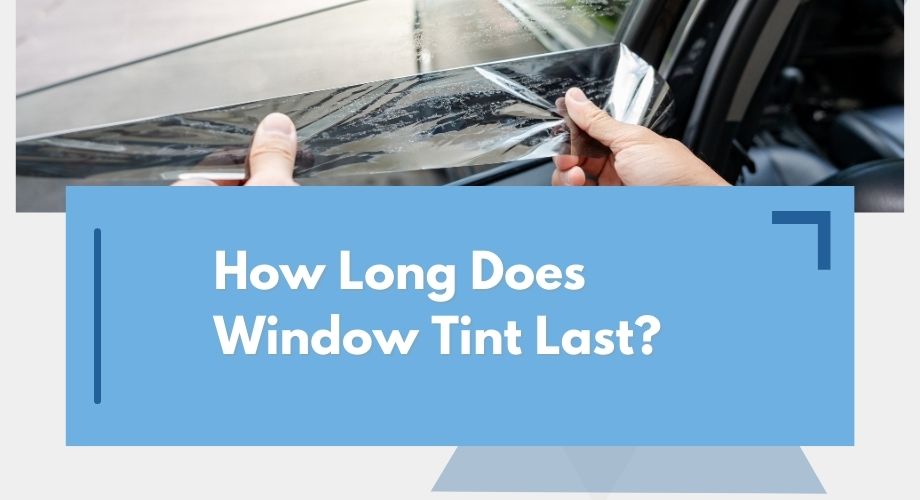
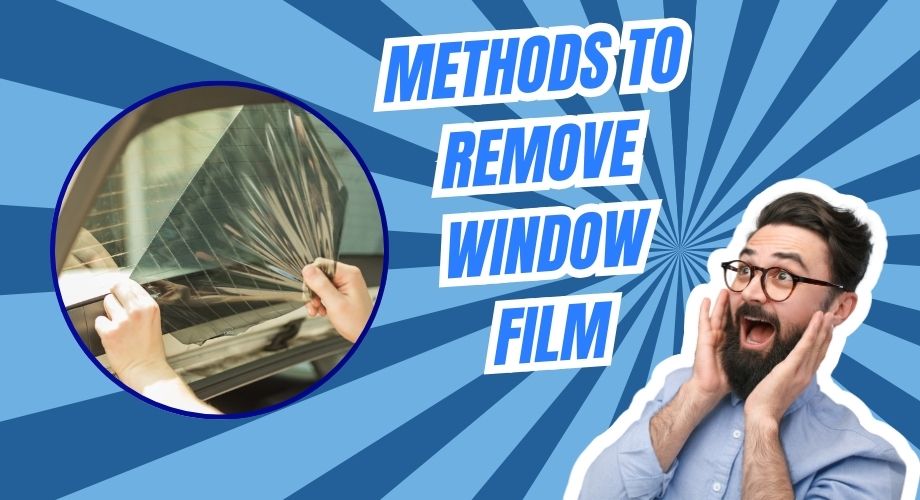
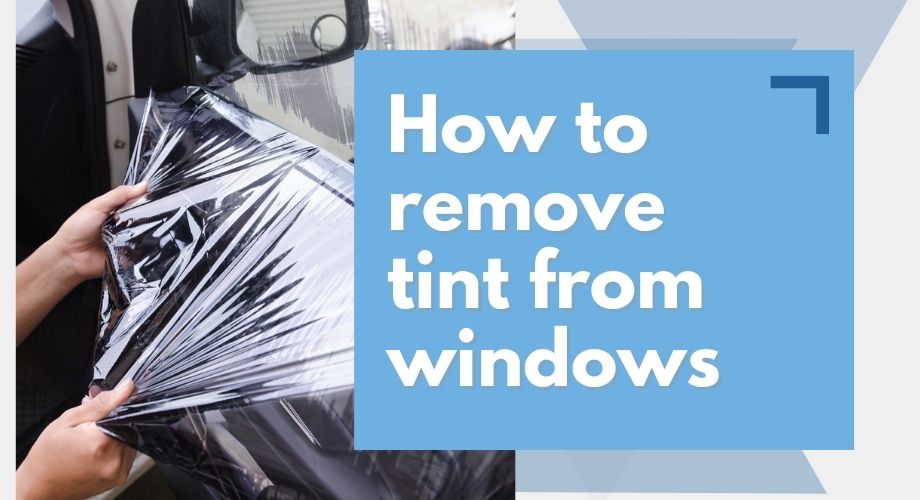
 Send a message
Send a message Send a message
Send a message